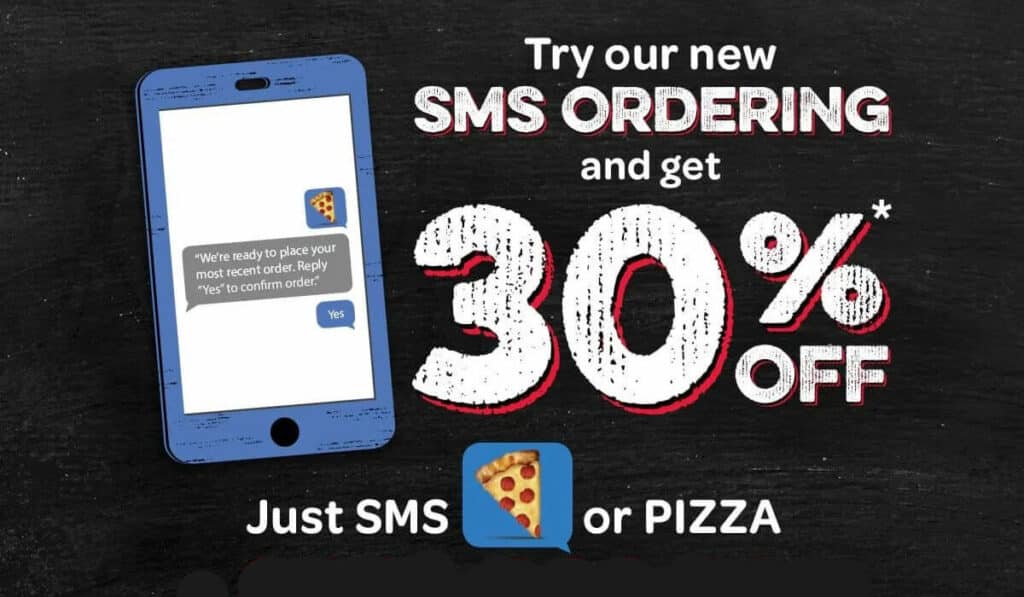📑 Table of Contents
In today’s fast-paced digital world, businesses seek efficient, cost-effective ways to communicate with their audience. Text messaging, or SMS, is a preferred channel, offering direct and immediate customer connection. Short codes have emerged as a powerful tool among the various options available for mass texting. This blog post dives into how texting short code can be a game-changer for your business communication strategy.
Understanding Texting Short Codes
A shortcode is a 5 to 6-digit number designed for high-volume messaging. It’s easy to remember and ideal for marketing campaigns, alerts, and promotions. Shortcodes contrast other messaging options such as Toll-Free Numbers (TFN), 10 Digit Long Codes (10DLC), and local long codes, often longer and used for different purposes.
The Benefits of Using Short Codes
1. High Throughput: Shortcodes allow businesses to send a large volume of messages quickly. This is crucial for timely and effective communication during sales, promotions, or important alerts. For example, a retail store can swiftly notify customers about flash sales using a shortcode.
2. Brand Recognition: A unique shortcode enhances your brand’s visibility and makes your messages instantly recognizable to your audience. For instance, a charity organization can use a shortcode to raise awareness for its cause, making it easily identifiable among supporters.
3. Increased Engagement: Customers are more likely to engage with easy-to-read and respond to messages. Shortcodes simplify the process, leading to higher engagement rates. For instance, a restaurant can use a shortcode to gather feedback from diners, encouraging them to respond with their experience ratings.
4. Cost-Effectiveness: While the initial setup cost for a short code might be higher, the long-term savings are significant. Shortcodes enable you to reach a larger audience at a lower cost per message. For example, a marketing agency can use a shortcode to conduct SMS campaigns, reaching thousands of potential customers at a fraction of the cost of traditional advertising.
5. Compliance and Security: Shortcodes adhere to strict regulatory standards, reducing the risk of spam and ensuring your messages reach your audience. For example, a financial institution can use a shortcode to send customer transaction alerts, ensuring compliance with data security regulations.
Comparing Options: Short Code vs. TFN vs. 10DLC vs. Local Long Codes
TFN (Toll-Free Number): While TFNs allow for high-volume messaging, they lack the simplicity and memorability of shortcodes. They are better suited for customer service interactions.
10DLC (10 Digit Long Code): These are standard phone numbers that can send and receive SMS messages. While they offer a local presence, their throughput is lower than short codes, making them less ideal for mass messaging campaigns.
Local Long Codes: Primarily used for international messaging, local long codes offer a way to communicate globally. However, they do not support the same volume or speed as shortcodes, limiting their use for large-scale campaigns.
Implementing Short Codes in Your Strategy
To leverage shortcodes effectively, consider the following steps:
1. Choose the Right Provider: Select a provider that offers robust support and compliance assistance for your short code campaign. For example, look for providers that offer real-time monitoring and dedicated customer support.
2. Understand Your Audience: Tailor your messaging strategy to your audience’s preferences, using shortcodes for promotions, alerts, and broad communications. For instance, conduct surveys or analyze customer data to understand which types of messages resonate most with your audience.
3. Monitor and Optimize: Analyze the performance of your short code campaigns. To continually refine your approach, look at engagement rates, response times, and conversion rates. For example, use A/B testing to compare different message formats or timing strategies and optimize based on the results.
Strategic Integration of Short Codes

Incorporate into Multi-Channel Campaigns: Blend your short code messaging with email, social media, and other marketing channels. This integrated approach ensures a cohesive customer experience, reinforcing your brand message across multiple touchpoints.
Leverage for Exclusive Offers: Use shortcodes to deliver exclusive promotions or early access to sales, creating a sense of exclusivity and urgency. Customers are likelier to act on offers they perceive as special or limited.
Optimize for Customer Support: Beyond marketing, short codes can revolutionize customer support. Instant updates, confirmations, and answers to common questions through a short code can enhance customer satisfaction and loyalty.
Engage with Polls and Surveys: Short codes are an excellent way to engage customers in interactive content, such as polls or surveys. This provides valuable feedback and keeps your audience engaged with your brand.
Personalized Messages: Tailoring messages to the individual level increases relevance and engagement. Use customer data to personalize shortcode messages, making your audience feel understood and valued.
Best Practices for Short Code Messaging
Obtain Consent: Always ensure you have explicit consent from your customers to send them messages via shortcode. This is a legal requirement and a best practice for maintaining trust and transparency with your audience.
Keep It Clear and Concise: The strength of short code messaging lies in its brevity. Craft clear, concise, compelling messages with a strong call to action.
Timing is Key: Send messages at times when your audience is most likely to be receptive. Avoid early mornings or late nights, and consider the nature of your message when choosing the timing.
Measure and Iterate: Continuously measure the effectiveness of your texting short-code campaigns through metrics like open rates, click-through rates, and conversion rates. Use these insights to iterate and improve your messaging strategy over time.
The Future of Short Codes
As mobile technology continues to evolve, the role of shortcodes in business communication is set to grow even more significantly. AI and machine learning innovations could offer advanced personalization and targeting capabilities, making short code messaging even more effective.
The potential for integration with emerging technologies, like augmented reality or mobile payments, could further expand the utility and impact of shortcodes.

Conclusion
Texting short code offers a unique blend of efficiency, recognition, and cost-effectiveness, making them an invaluable asset in your business’s communication toolkit. By choosing a texting short code, you’re not just sending messages; you’re opening a direct line of communication with your audience, enhancing engagement, and driving action.
As you explore the best messaging option for your business, consider the unparalleled advantages of using a short code to truly “Send More, Save More.
